Northeastern students explore the engineering and ethics of wind farms during experiential learning opportunity in Norway
Northeastern Dialogue of Civilization course allows students to learn from local experts about Norway’s wind farms and the ethical questions surrounding them.
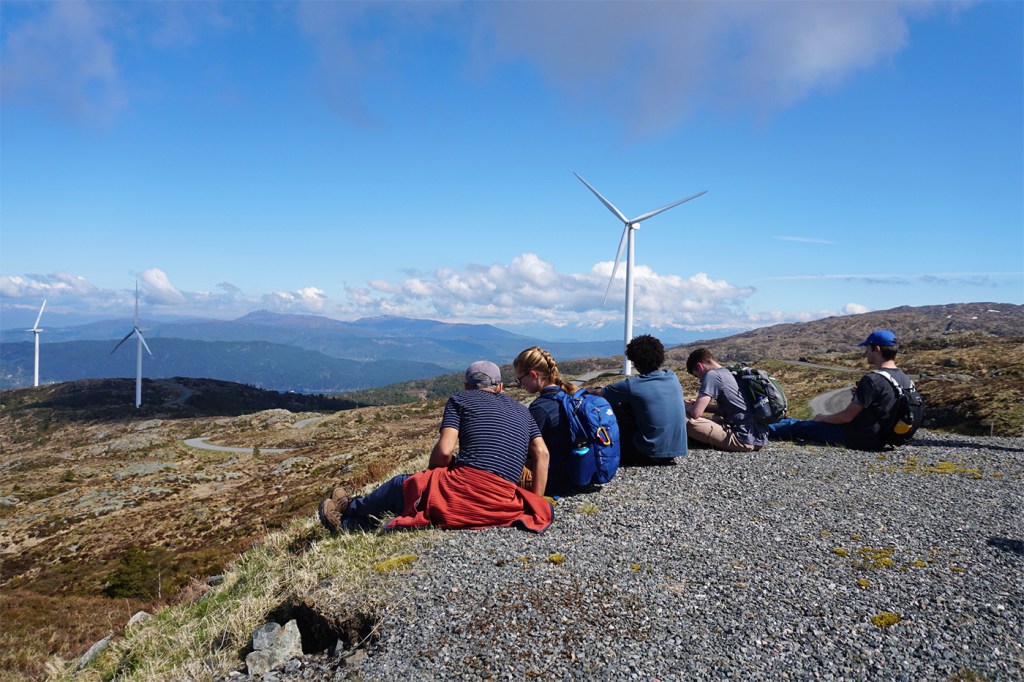
When people think of places leading the way on technology, many Americans’ minds go to Silicon Valley. But outside the United States, Norway is on the cutting edge, especially when it comes to work in renewable energy.
That’s why Rouzbeh Amini, an associate professor of mechanical and industrial engineering and bioengineering at Northeastern University, began taking students to the Nordic country in 2022 as part of a Dialogue of Civilizations course in which students learn from local experts about the country’s wind farms and the ethical questions surrounding them.
“I am a strong believer that you have to have tangible and hands-on knowledge that you give to a student and this is really important for increasing the confidence of the student,” Amini said. “I wanted to have a dialogue where we don’t just go and see the wind farm, but we hike around the wind farms.”
Last summer, Amini wanted to see how students were benefiting from this approach by collecting student feedback. His research, published in the American Society of Mechanical Engineers’ Journal of Biomechanical Engineering, showed that students became more confident in their abilities through this experiential learning that involved guest lectures and site visits.
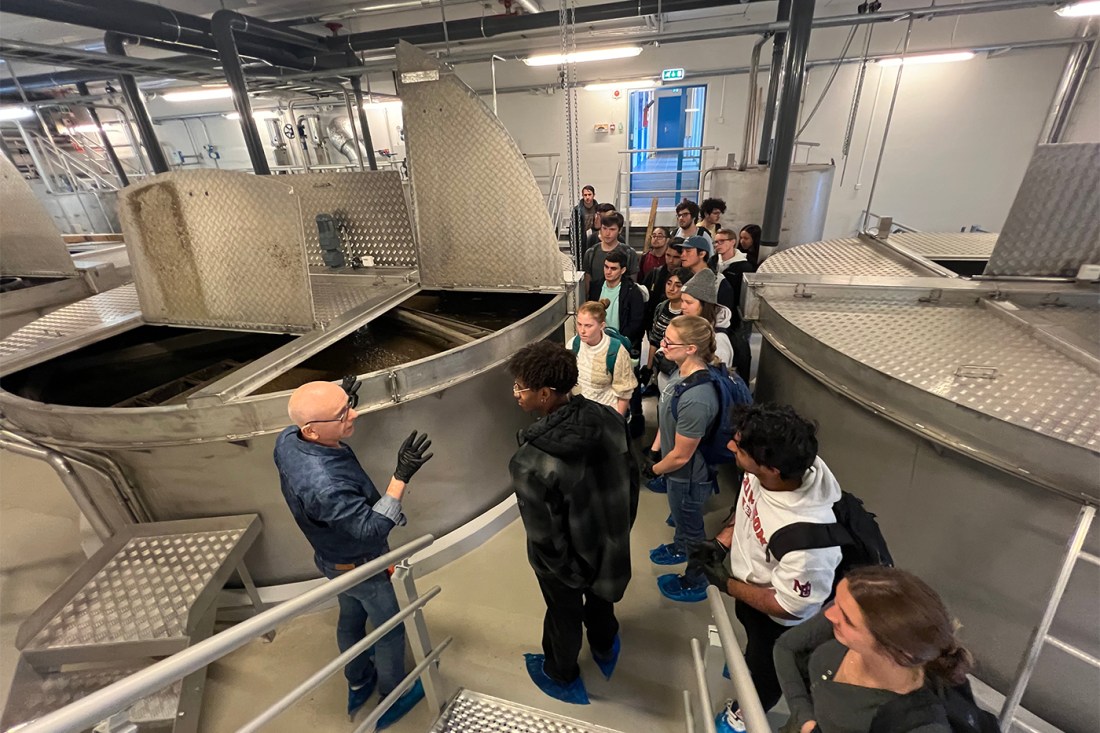
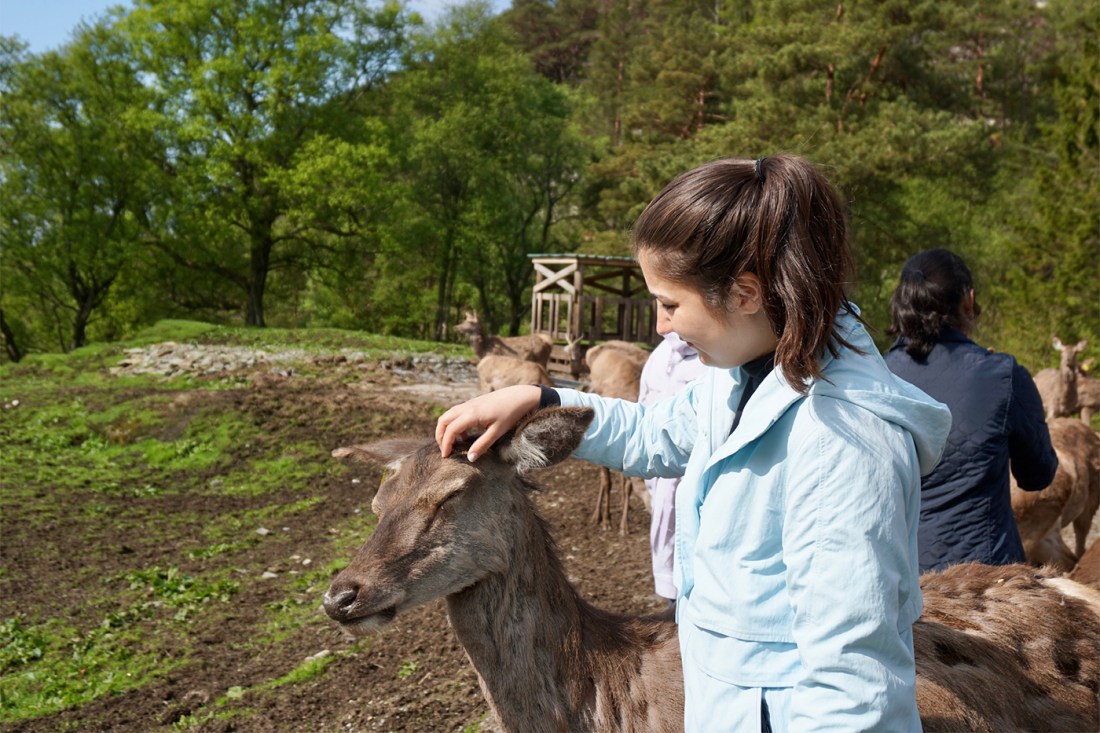
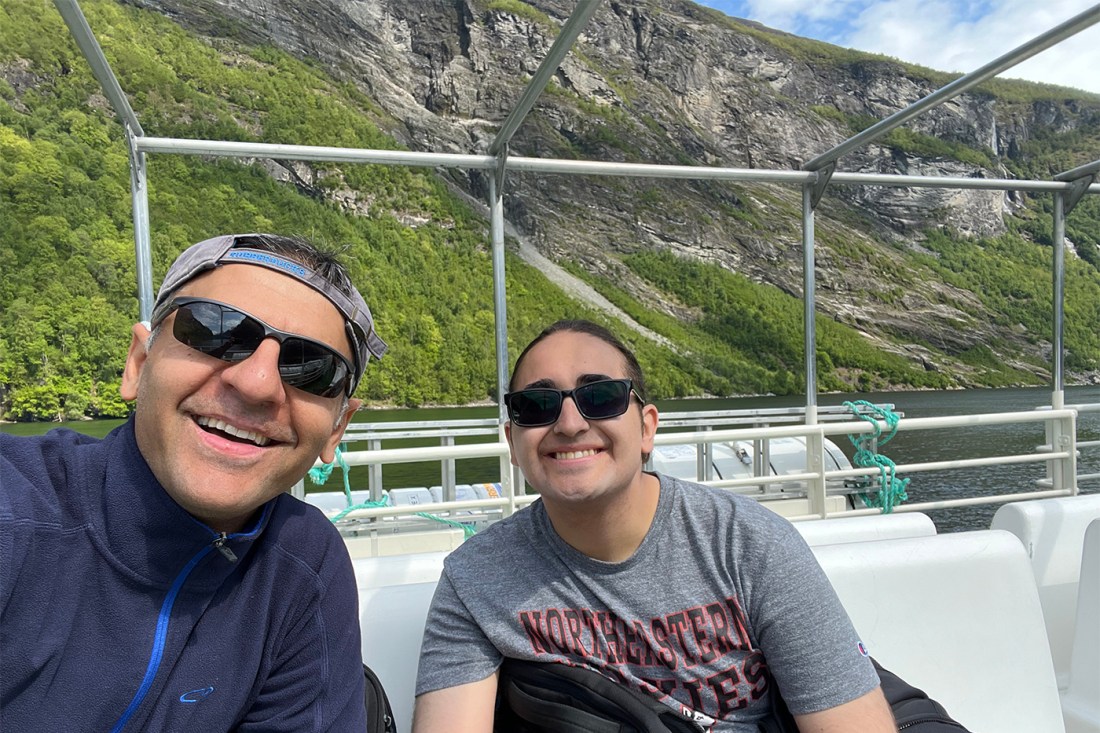
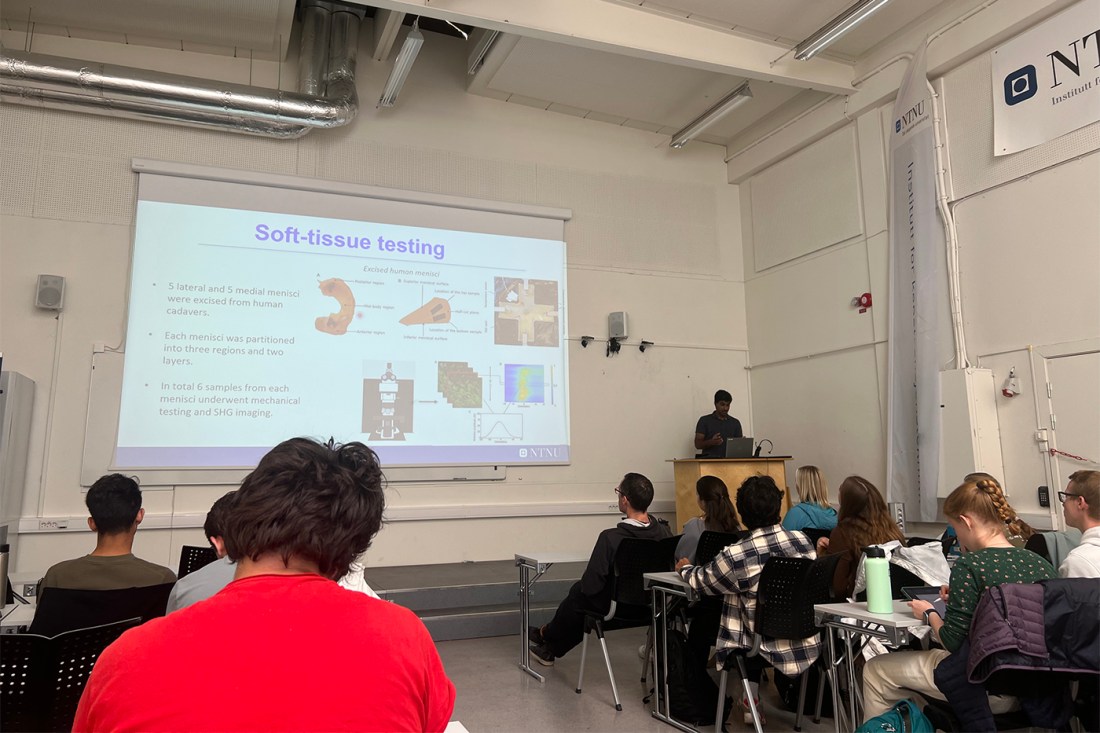
Female students in particular had higher confidence boosts from the dialogue.
“One is that I have always been interested in looking at the role of societal stereotypes in teaching computer programming to female students,” Amini said. “Sometimes this concept of ‘coding is not for girls’ is enforced and this is very unfortunate. I always wanted to make sure that the female students have the same sort of opportunities that the male students (do).”
Featured Posts
The course combines technical coursework with social and cultural learning. In addition to teaching engineering students computational skills, students also learn about the history of the indigenous Sami people of Norway, how they’ve been discriminated against by the Norwegian government through forced assimilation, and how this influences the building of green technology today.
“A lot of wind farms are built in more remote areas (on) land that belongs to the Sami people,” Amini said. “Sometimes they put them on the lands that are sacred to the Sami people or (are used) for reindeer herding. … They sort of disturb the traditions that they had and then you have this question of ‘We want to use renewable energy, but at the same time we have to respect the rights and traditions of people who belong to a marginalized group.’”
Students in the course got guest lectures from local experts, including anthropologists, to help them think about not only the technical problems when it comes to green technology but the ethical questions posed by it.
“I’m an engineer by training, so in engineering we think about solutions to the problems like the efficiency of the windmill,” Amini said. “But when it comes to more societal impact, sometimes there is really no immediate solution. Thankfully, I was lucky to team up with a lot of local experts … who came in and really gave us a crash course on ethics.”
Similarly, students during the course had the chance to visit windmill farms and see the technology they were studying up close. There were also guest speakers in the engineering field, including female engineers who could serve as a role model for women in the dialogue.
Amini added that the nature of the dialogue, which is shorter than a typical course and has fewer students, may have also contributed to student learning.
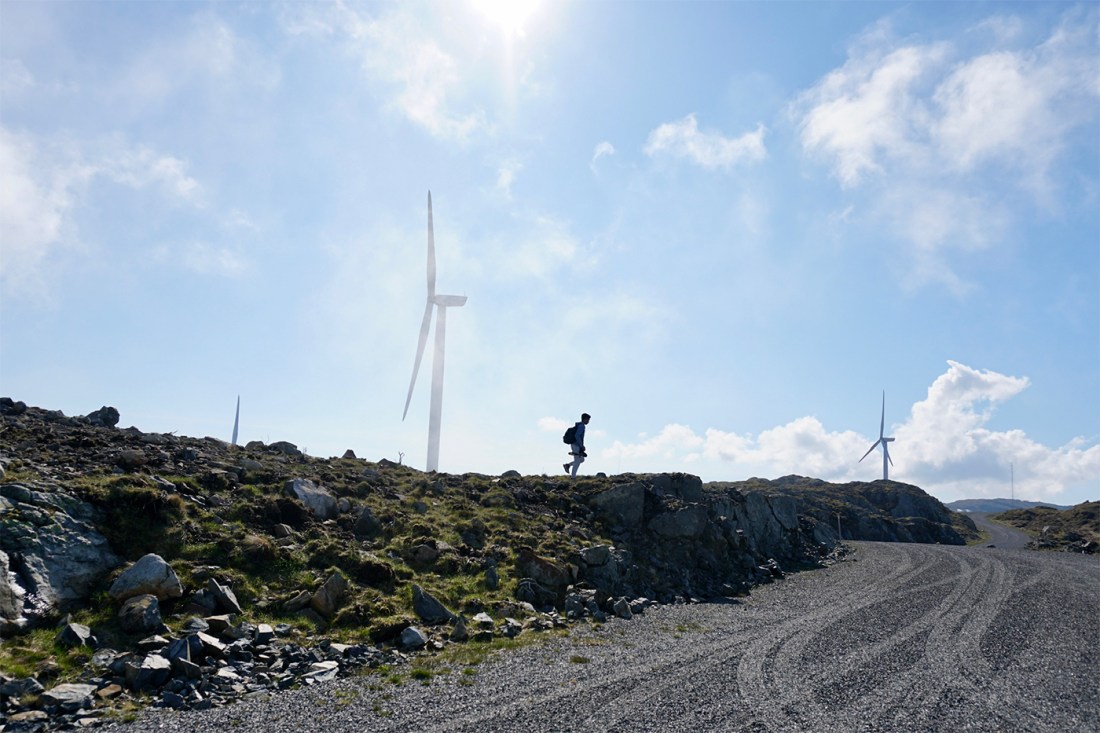
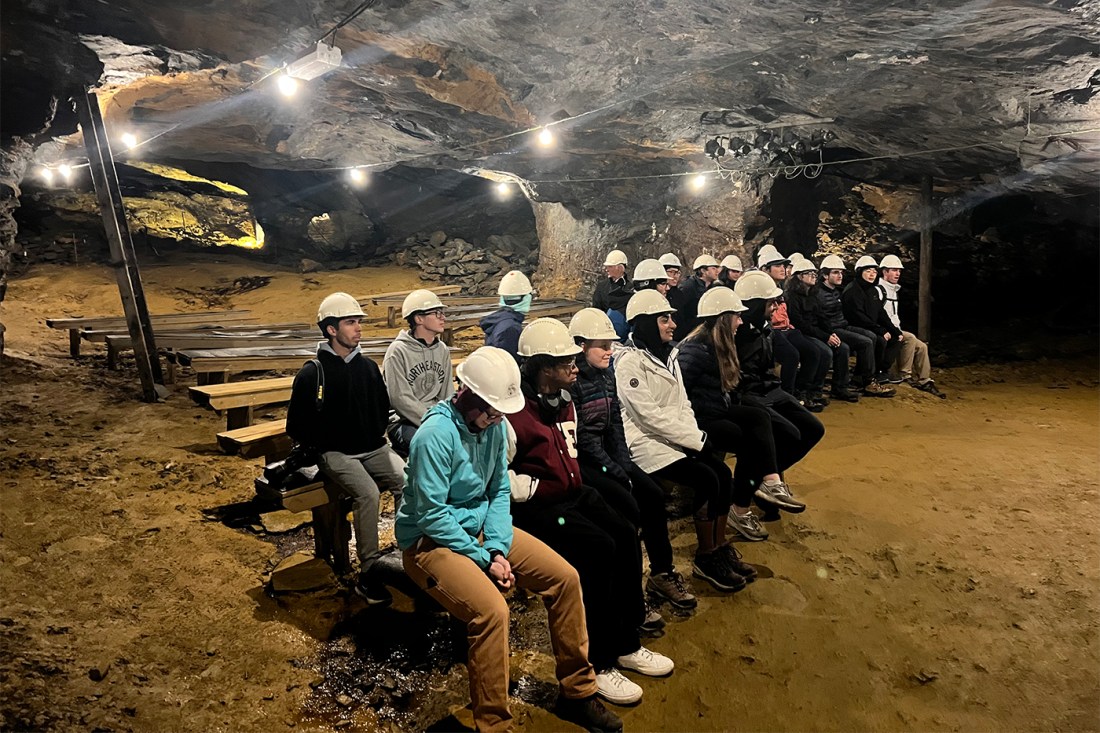
“Students have a lot more access to the instructor,” Amini said. “We would sit in the lobby of the hotel and chat about the project.”
Amini said the results of his study are limited due to the small sample size, but he was pleased to see the difference, especially when it came to encouraging female students. Women make up only about 24% of people who earn degrees in engineering, according to the National Science Foundation, which is part of why Amini feels strongly about encouraging not just all students, but this particular group.
“(The course) definitely increases the interest in students, especially female students, in a career in computation,” he said. “It was a good way to motivate students.”
The dialogue also showed the importance of nurturing students’ growth outside their technical skills.
“Teaming with other non-engineering colleagues helps a student see problems from different lenses — not just the technical lens, but also the social impact of what they are doing,” Amini said. “It doesn’t matter how good of an engineer you are, if you don’t have principles and ethics to guide you. Engineering knowledge by itself is not sufficient. The takeaway from this dialogue for me is that it really helped the student to see different aspects of their engineering knowledge.”











